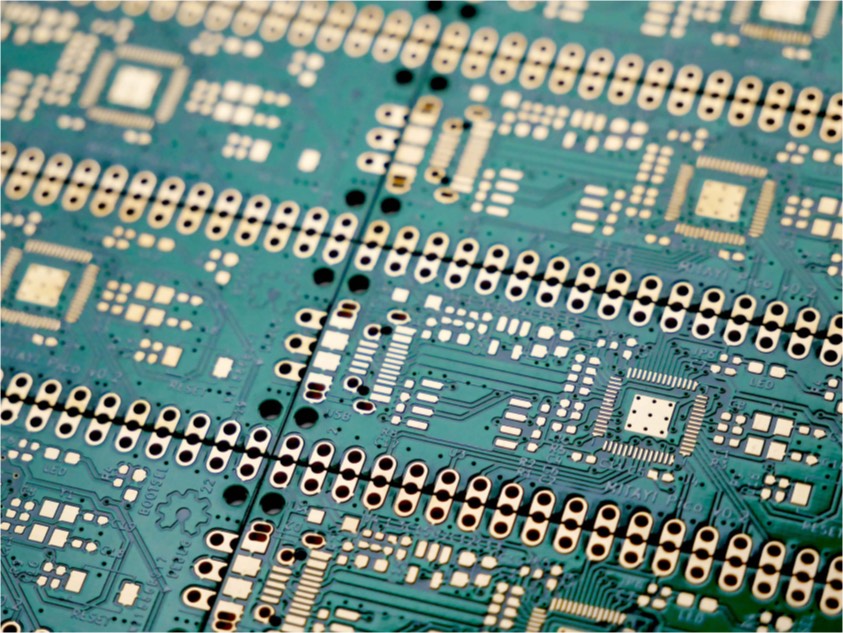
Quality control is paramount in PCB manufacturing to ensure the reliability and functionality of electronic devices. Testing methods, applied both before and after manufacturing, form a crucial part of the quality assurance process.
Pre-manufacturing testing involves Design for Testability (DFT) strategies, where designers integrate features facilitating easier testing during production. This includes Design for Manufacturing (DFM) principles that optimize the design for efficient and cost-effective manufacturing without compromising quality.
Simulation and validation tools play a pivotal role in pre-manufacturing testing. Design Verification Testing (DVT) and simulation software allow designers to predict and analyze the performance of the PCB before fabrication. This preemptive approach identifies potential issues and mitigates risks early in the design phase.
Post-manufacturing quality control strategies encompass a range of testing methods to ensure the integrity of the fabricated PCBs. Automated Optical Inspection (AOI) and X-ray inspection are commonly used techniques. AOI verifies the integrity of solder joints, component placement, and potential defects on the surface of the PCB. X-ray inspection, on the other hand, allows for non-destructive analysis of internal structures, detecting hidden defects such as voids in solder joints or misalignments.
Electrical testing methods, including In-Circuit Testing (ICT) and Functional Testing, verify the electrical functionality of the PCB. ICT checks individual components and circuit connectivity, while Functional Testing evaluates the PCB's performance against predefined criteria.
Boundary Scan Testing is another method used to test the integrity of interconnections between integrated circuits on the PCB. This technique verifies connections and identifies faults in complex, high-density boards.
The combination of these pre and post-manufacturing testing methods ensures that PCBs meet stringent quality standards. Continuous advancements in testing technologies further enhance the accuracy and efficiency of quality control processes, contributing to the reliability and performance of electronic devices.
In summary, employing a comprehensive array of testing methods, both before and after manufacturing, is essential to maintain high-quality standards in PCB production. These strategies safeguard against defects, ensuring the functionality and reliability of electronic devices across various industries.